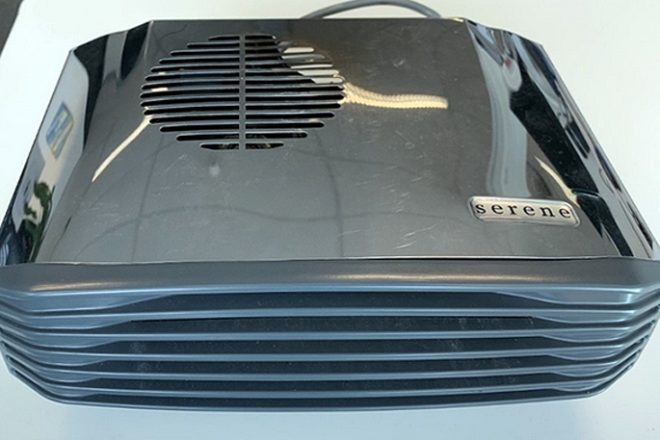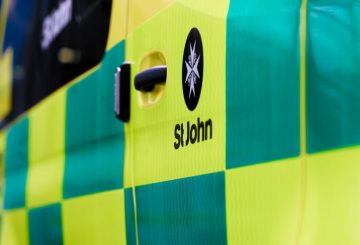Bộ trưởng Thương mại và Tiêu dùng New Zealand, Andrew Bayly, đã ban hành thông báo thu hồi bắt buộc cho Serene Industries Ltd. Công ty được yêu cầu thu hồi tất cả Máy sưởi phòng tắm Serene S2068 đã được nhập khẩu, bán hoặc lắp đặt kể từ ngày 16 tháng 6 năm 2018.
Hành động này theo sau việc thu hồi tự nguyện bởi các nhà cung cấp khác của các máy sưởi này. Việc thu hồi được bắt đầu sau khi một cuộc điều tra của WorkSafe phát hiện ra những lo ngại về an toàn với máy sưởi, bao gồm cả nguy cơ quá nóng.
Bộ Kinh doanh, Đổi mới và Việc làm (MBIE) đã liên hệ với tất cả các nhà cung cấp được biết đến của các máy sưởi này. Tất cả họ đã bắt đầu thu hồi tự nguyện lò sưởi S2068, ngoại trừ Serene Industries Ltd. Công ty đã không ban hành thu hồi tự nguyện và không còn hoạt động ở New Zealand.
Lệnh thu hồi bắt buộc được ban hành khi một công ty bán hàng hóa không an toàn và không bắt đầu thu hồi tự nguyện. Đơn đặt hàng này nhằm đảm bảo rằng tất cả những người đã mua hoặc bán một trong những máy sưởi này đều biết về việc thu hồi.
Vào tháng 3, một loạt Máy sưởi phòng tắm S2068 đã được triệu hồi. Việc thu hồi kể từ đó đã được mở rộng để bao gồm tất cả Máy sưởi phòng tắm S2068 được nhập khẩu, bán hoặc lắp đặt kể từ ngày 16 tháng 6 năm 2018.
Việc thu hồi tự nguyện khác cũng đã được ban hành đối với một số mẫu S2069 và S207T, mà WorkSafe đã cấm bán vào tháng Tư.
Chuyên gia kinh doanh của MBIE Ian Caplin giải thích rằng các nhà cung cấp và nhà bán lẻ ở New Zealand có trách nhiệm cung cấp các sản phẩm an toàn cho người tiêu dùng. Nếu một sản phẩm bị lỗi, họ phải cung cấp giải pháp.
Tính đến ngày 10 tháng 5 năm 2024, 19 nhà cung cấp ở New Zealand (không bao gồm Serene Industries) đã được xác định đã bán máy sưởi S2068 kể từ ngày 16 tháng 6 năm 2018. Tuy nhiên, có thể có nhiều nhà cung cấp chưa được xác định.
Tất cả 19 nhà cung cấp đã ban hành thu hồi sản phẩm tự nguyện cho tổng cộng khoảng 35.000 chiếc S2068.
Người tiêu dùng có máy sưởi S2068 nên ngừng sử dụng, rút phích cắm và liên hệ với công ty mà họ đã mua. Trước tiên, họ nên liên hệ với doanh nghiệp mà họ đã mua mẫu S2068 để sắp xếp trả lại hàng hóa theo Đạo luật Bảo lãnh Người tiêu dùng (CGA) và để được thay thế an toàn hoặc hoàn lại tiền.
Đối với máy sưởi S2069 và S207T, Energy Safety đã cấm bán chứ không phải sử dụng. Tuy nhiên, người New Zealand vẫn có thể liên hệ với nhà bán lẻ đã bán cho họ lò sưởi để thảo luận về các lựa chọn theo CGA.
Thông tin thêm về việc thu hồi tự nguyện và thông tin về các nhà cung cấp có thể được tìm thấy trên trang web An toàn Sản phẩm.





























































